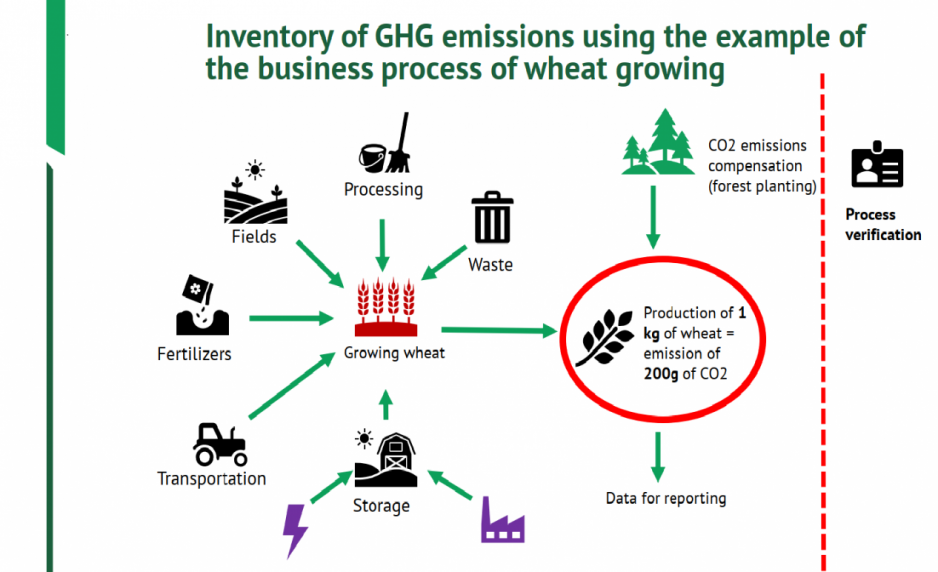




Taking into account the company’s global risks makes it attractive for the investment market and competitive for international activities. Investors prefer companies that develop their services and production within the framework of ESG and sustainable development to a greater extent.
Compliance with international environmental requirements and a high position in the ESG rating shows the global market that the company is sustainable in the long term. At the moment, climate risks in the world are equal to financial risks.

The difference between these two documents is that the GHG Protocol defines, clarifies and provides options for the best methods for calculating greenhouse gases, while ISO 14064 sets minimum standards for compliance with these methods. The GHG protocol simplifies the comparison of companies due to a more complete categorization of emissions according to Scope 3, which allows better comparison of indicators, as well as more targeted strategies for managing emissions and reducing emissions. Like the GHG protocol, ISO distinguishes between direct and indirect emissions, but does not define the scope of application. Scope 1 emissions in the Greenhouse Gas Protocol correspond to direct emissions of ISO 14064, but in ISO Scope 2 and 3 are summarized in indirect emissions. In addition, ISO 14064 does not contain strict guidelines for the categorization of indirect emissions and imposes other requirements on the structure and content of the report. However, in fact, the emissions covered by both standards are almost identical and the methodologies complement each other – ISO defines what to do, and GHG explains how to do it.
In parallel, our experts can train your specialists in greenhouse gas calculations and implement process automation.

https://hpbs.io/en/services/course-on-calculating-greenhouse-gas-emissions/

